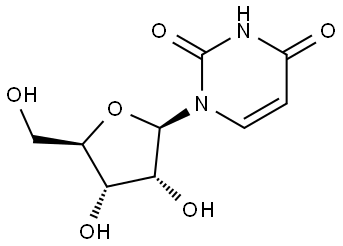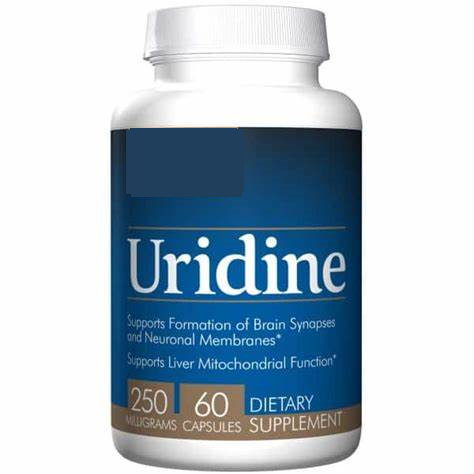the review of uridine
Introduction
Uridine is a substance naturally produced by the liver and can be classified as a nucleoside. This means that it is a compound that contains a nucleic acid with a pyrimidine group and binds to the sugar alcohol group. More precisely, uridine is a type of uridine, the main component of ribonucleic acid involved in protein synthesis in the body. It is produced when uracil sticks to ribofuranose. This compound can be further added to various phosphate groups to form a trinucleotide (a factor involved in regulating metabolism). In addition, it binds between uracil and deoxyribose to form deoxyuridine, but this compound is rarely produced naturally in living organisms. As the picture 1 showed, there is uridine powder.
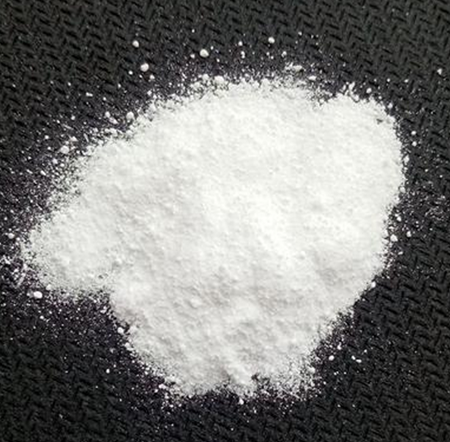
Picture 1 Uridine powder.
The property of uridine
White needle crystal or powder. Odorless, slightly sweet and slightly acrid. Melting point 165 ℃. Specific curl +4. (20°C, C=2, in water). A type of nucleoside. Soluble in water, slightly soluble in dilute alcohol, insoluble in absolute ethanol. 20。 Molecular weight 244.20. Uridine is a relevant component that constitutes nucleic acid in animal cells, which can increase the level of antibodies in the body. Animal experiments show that the combination of uridine and inosine can promote myocardial cell metabolism, accelerate protein and nucleic acid biosynthesis and energy production, and can promote and improve brain cell metabolism.
The medical value of uridine
Researchers have discovered that uridine has potential to treat a variety of diseases. For example, many clinical trials involving cancer patients have demonstrated that nutritional supplements containing this compound can counteract the toxic effects of chemotherapy. In addition, there is some evidence that uridine prevents cellular damage and liver dysfunction. Be aware, however, that most trials are test-tube-based programs.
Diseases that uridine can treat include Parkinson's, Alzheimer's, bipolar disorder, and more. In fact, animal-based studies have focused on the antidepressant effects of uridine combined with omega-3 fatty acids, which have been shown to be comparable to traditional drugs.
Other studies are testing uridine in combination with omega-3 fatty acids, as well as cytidine and choline, in preventing Alzheimer's disease. A research team from the Massachusetts Institute of Technology found that these nutrients help stimulate the body's secretion of lecithin and phosphatidylserine. Virtually every human cell requires these two phospholipids to function properly, and they are both important neurotransmitters in the brain.
Pharmacology of uridine
Uridine is a nucleotide base found in high content in beer and is used to increase cell membrane synthesis and other neurological properties. It appears to have potential cognitive enhancing properties and is synergistic with fish oil.
Uridine has a group of receptors that it can act on itself, the P2 receptors, which appear to affect the activity of P2Y2, P2Y4, P2Y6 and P2Y14 the most. When uridine is not used as a substrate for phospholipid synthesis, it may act as a new neurotransmitter through purinergic receptors. The P2Y2 receptor has structural motifs that facilitate interactions with integrin and growth factor receptors, and activation of this receptor is known to activate NGF/TrkA signaling and is often neuroprotective.
Uridine is thought to benefit synaptic function due to increased levels of brain phosphatidylcholine, a component of dendritic membranes. This is thought to be of benefit to populations with loss of synaptic function or regulation, such as Alzheimer's disease, where loss of synaptic function is thought to be downstream of canonical amyloid beta aggregates, exerting a toxic effect on it.
By providing phosphatidylcholine, uridine may help generate membranes and dendrites that aid synaptic function. Studies evaluating synaptic structure in response to uridine supplementation have tended to measure dendritic spines, due to complications in quantifying synaptic function itself, but dendritic spines are the most reliable biomarker because 90% of dendrites form synapses.
Feeding animals a combination of uridine, choline, and omega-3 fatty acids (from fish oil) appears to increase synapse formation and function, and has been shown to be effective in a group of people with mild Alzheimer's disease (n = 221) has improved.
Purines and pyrimidines are known to induce cell differentiation in neurons, and uridine is thought to induce neuronal differentiation and growth by activating NGF signaling through its receptor TrkA, which is known to increase neuronal growth.
Activation of the P2Y2 receptor appears to promote the effects of NGF through its own receptor (TrkA), and it appears that agonists of the P2Y2 receptor increase NGF-induced neuronal growth. Feeding aged rats 330 mg/kg (1 mmol/kg) uridine for 6 weeks increased neurofilament-70 (+82%) and neurofilament-M (+121%) levels of two cytoskeletal proteins involved in neural Outgrowth of neurites and use as biomarkers that PC12 neural cells differentiated with NGF in vitro in response to uridine, where neurite outgrowth was noted.
The sources of uridine
Sources of uridine include tomatoes, beets, cauliflower, meat, molasses and brewer's yeast. It is also one of the components of human milk. With the exception of human milk and yeast, the human body cannot absorb this substance from the diet. While good news for beer lovers, drinking a lot of beer to increase uridine levels also increases purine and uric acid levels and may contribute to other disorders related to alcohol abuse.
Renference
1 Biochem. Pharmacol. Polyoxometalates--potent and selective ecto-nucleotidase inhibitors[J]. 2015, 93(2): 171-81.
You may like
Related articles And Qustion
See also
Lastest Price from Uridine manufacturers
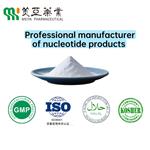
US $0.00-0.00/kg2025-10-15
- CAS:
- 58-96-8
- Min. Order:
- 1kg
- Purity:
- ≥99.0%
- Supply Ability:
- 20 MT
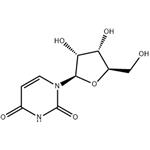
US $0.00/Kg2025-10-13
- CAS:
- 58-96-8
- Min. Order:
- 1Kg
- Purity:
- 98%
- Supply Ability:
- 100Ton
